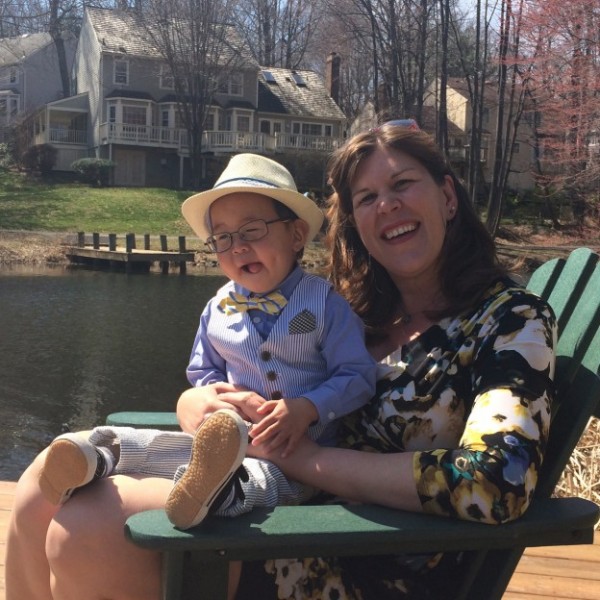I will never forget the first time I learned about attachment. We were sitting in the Springfield office of our adoption agency, and our social worker-led us, and several other prospective adoptive parents, through a guided imagery exercise. “Imagine it is your wedding day,” she said, “and everything is wonderful. You don’t know the groom but that’s okay, he seems nice.” Our social worker weaves a tale for us, the ceremony, the celebration, then leaving with a stranger and getting on a plane. She continues, “The next morning you wake up with no idea where you are, no idea who is lying next to you, no idea how you got here, or if you will ever go back home.” And at that moment, I understand what adoption is like for our children and, more importantly, why attachment can be so difficult.
When our son first joined our family to say that we had a tough transition is an understatement. Every time I walked into the room he would scream. If I looked at him, he screamed. If I tried to touch his hand he screamed and snatched it back like I was made of fire. I was thankful he had immediately bonded with my husband, but sitting on the bathroom floor of our hotel room in Taiyuan, China, I wondered what in the world I could do to foster our attachment.

thought back to my PAC (pre-adoption class) training. Together my husband and I decided I would be the primary person to feed my son, change his diapers, soothe him when he was hurt. Our relationship slowly improved, but when we returned to the states we took a giant step backward. I was able to take time off from work, but my husband had to resume his usual hours. Every morning we watched as Daddy left for work. And every morning my son screamed. Inconsolable, heart-wrenching, desperate, pleading screams. I read every book I could on attachment; I followed the exercises to the letter, but nothing seemed to work. Then one day my best friend, a social worker specializing in child play therapy, recommended Theraplay.
Thera-what?
Theraplay was first developed in the late 1960s by Dr. Ann Jernberg while working in the Chicago Head Start program. In charge of identifying children with emotional and psychological challenges, Dr. Jernberg developed a technique to address children who had experienced disrupted attachments or trauma. By focusing on engagement and playfulness, Dr. Jernberg found she and her colleagues could form attachments by interacting with the children and affirming their strengths, all in a nurturing, fun environment. In 1971, Dr. Jernberg established The Theraplay Institute as a place to both treat children and to train other professionals in her therapy model.
Some key elements of Theraplay include finding ways to incorporate nurturing touch into interactions and playing games with the child on their emotional level rather than their age level. Interested to learn more, I bought the third edition of Dr. Jernberg’s book and began some of the practices with my son. It seemed simple enough—a bean bag game, counting fingers and toes, mirroring, patty-cake, and the Itsy Bitsy Spider—but beneath it, I understood I was accessing my son’s right brain structure. By simple, sometimes nonverbal, games, I employed eye contact, rhythm and repetition, and one-on-one contact, all of which my son had missed for the first two years of his life.

Together each day we tackled one of the recommended exercises. We giggled at my lack of ability to catch a pillow; we laughed when I used cotton balls to count his toes. I liked that the exercises were ones that we might do anyway (like playing with playdough) but understanding the workings of Theraplay allowed me to play with my son with intention. The change didn’t happen overnight, but ever so slowly, my son’s relationship with me changed. He would crawl into my lap in the afternoons; he spontaneously hugged me. Then one day, when my husband left for work, my son simply waved goodbye then ran back to his room to complete a puzzle with me. I looked up, shocked not to see him crying, and smiled to myself: the Theraplay was working.
Though I’m not a licensed professional, and I have only scratched the surface of Theraplay, I highly recommend it to any adoptive parent. For me, it was a way to fully understand the trauma my son has experienced and to gain some tools to help him work on his transition into our family. Interested to learn more? Visit the Theraplay Institute for recent articles, a full list of licensed Theraplay professionals, and to learn more about the practice.
Have you ever used Theraplay? What was your experience?
Are you and your partner ready to start the adoption process? Visit Adoption.org or call 1-800-ADOPT-98 to begin your adoption journey. We have 130+ years of adoption experience and would love to help you.

